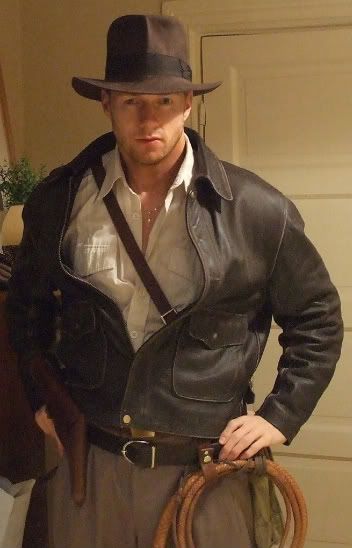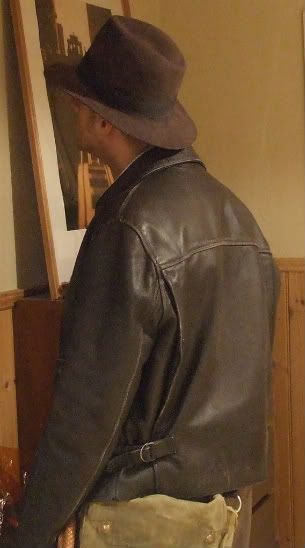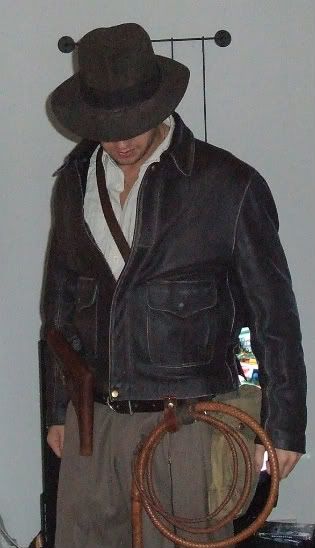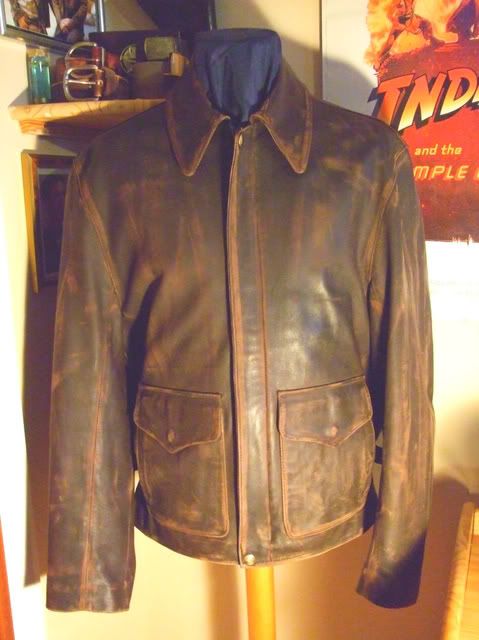
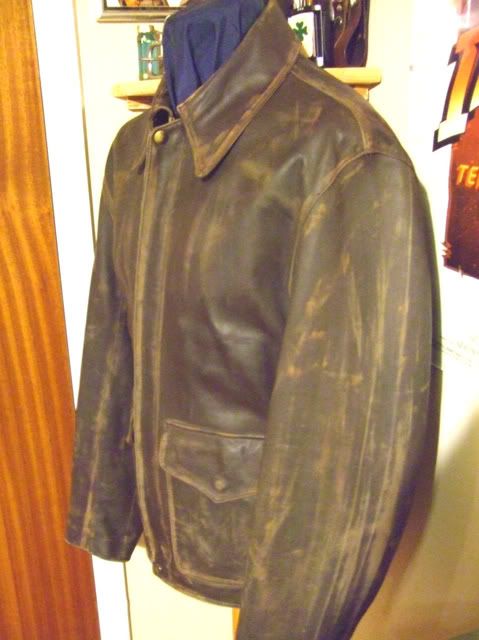
Firstly, may I say that this is a very recent image of the jacket. The look has been achieved over a period of about two years, so, it is important to be patient in ones quest to distress/age one of these jackets, it will not happen over night. The following is the initial preparation procedure upon receipt of a new garment.
Here is a brief process discription.
a. Generous application of leather dressing,on this occasion I used the 'Lincoln' Leather Dressing Gel. Leave for one week and then repeat application. This leather dressing contains Lanolin, therefore you may wish to wipe away slightly greasy residue with a clean cloth, IMO it gives the jacket a nice texture. When content that the dressing has fully absorbed immerse it completely into a bucket of water, leave it for a short while then wring out the excess water and leave to dry in natural sunlight (once dried the leather will have a nice aged texture and the 'new shine' should be gone).
b. Using disposable nail files begin filing on and around seams and edges. The more you take your time, the better the result. Double up nail file for larger seams (shoulders/back). No one can put a time frame on this, but I worked on pockets and seams on and off, over a three week period.
c. For overall aging and further seam detail, I used some very fine sandpaper and a sandpaper block. For the larger panels rub in small circular movements, trying to keep it even (in some areas the underlining provides shapes and textures, especially on the sleeves and back).
Again, take your time as even the finest sandpaper will take the surface right off if applied too hard. This took a further two weeks to perfect.
d. A little nail polish remover (or acatone) on cotton wool was used to emphasize lines of distress and some highlights, but very little. Dark brown shoe polish was used as shading around pockets/collar. This must be to your personal taste.
Finally, the real magic, I managed to get hold of some dark brown leather dye from a local saddlery. This I applied generously to the collar, front breast panels and shoulder panel. Only one application was required.
The main difference you'll see in these recent pics are the lines of distress to the sleeve.
(Using your sanding block) flatten the sleeve out on the floor, holding the shoulder seam flat with your spare hand, starting at the shoulder and in one slow steady sweep pull the sanding block all the way down the sleeve to the cuff. You can use the natural fold to emphasize this look if you so wish. Be firm but take care, depending upon how worn a look you wish to achieve.
It will help to have an artistic side to your personality. Treat the initial garment as a blank canvas or unfinished work. Have a specific image of the final product in your mind's eye.
In my case, I visualised the Castle Brunwald scene.
Good luck and happy distressing.
JTW.

















